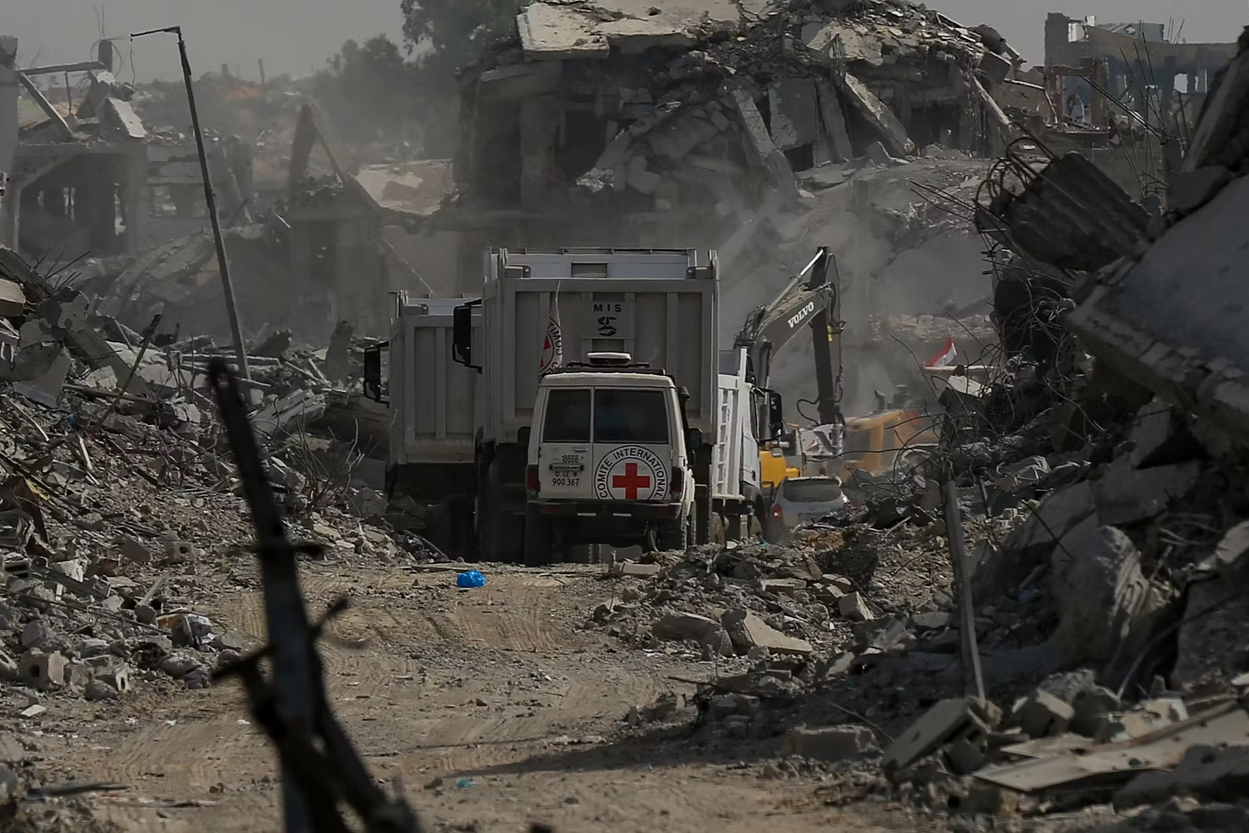How wars ravage the environment - and what International Law is doing about it
Following two years of war, Gazans are living among millions of tonnes of rubble. Mohammed Saber / EPA
People across the Gaza Strip have been returning to towns and cities badly damaged by the war after a fragile ceasefire took effect in October. Eventually, their lives will be restored and their homes will be built back. But the climate consequences of the war will remain for years to come.
Research, which is currently under review, demonstrates that the equivalent of over 32 million tonnes of CO₂ was generated in the first 15 months of the war. This is equal to the greenhouse gas emissions of roughly eight-and-a-half coal-fired power plants in one year or the annual greenhouse gases emitted by Jordan.
The war in Ukraine has had a devastating environmental impact, too. One study, published in February 2025, concluded that the equivalent of nearly 237 million tonnes of CO₂ were released as a result of the war in the three years after Russia’s full-scale invasion. This figure is similar to the annual emissions of Austria, Czech Republic, Hungary and Slovakia combined.
Read the full article by our ED Kate Mackintosh and Benjamin Neimark in The Conversation.

